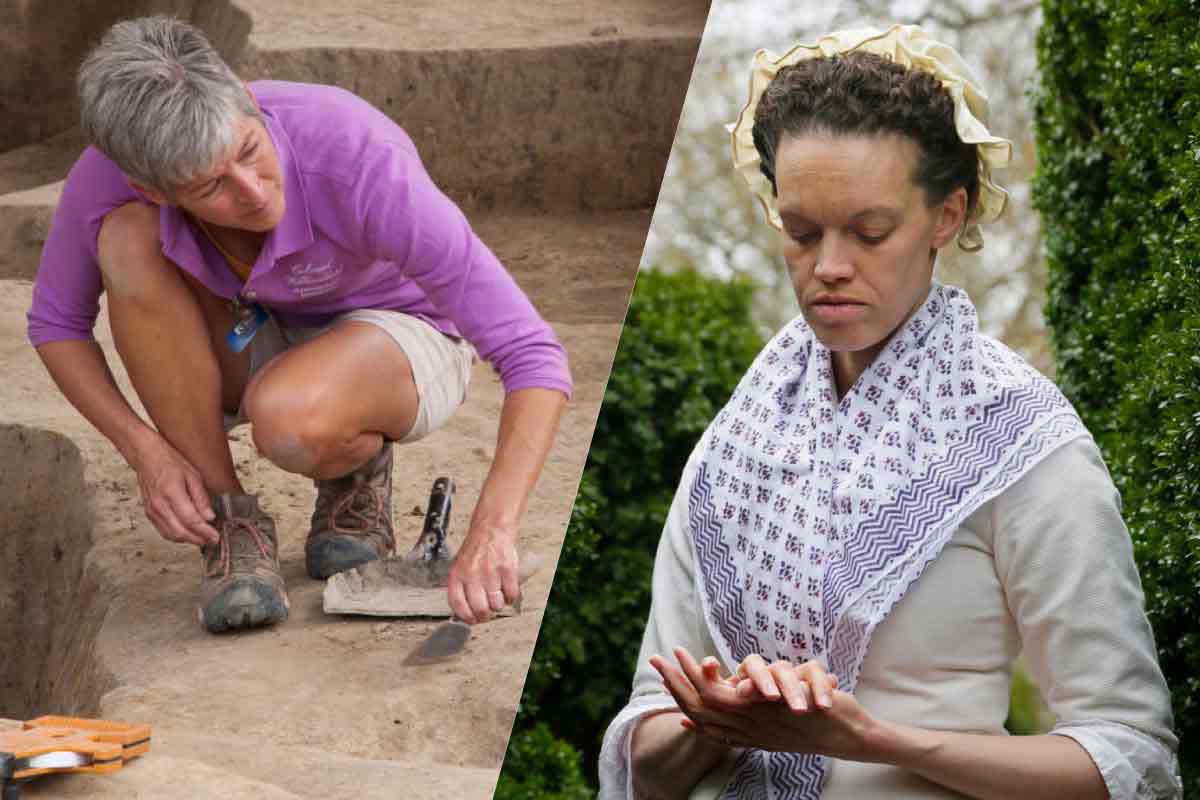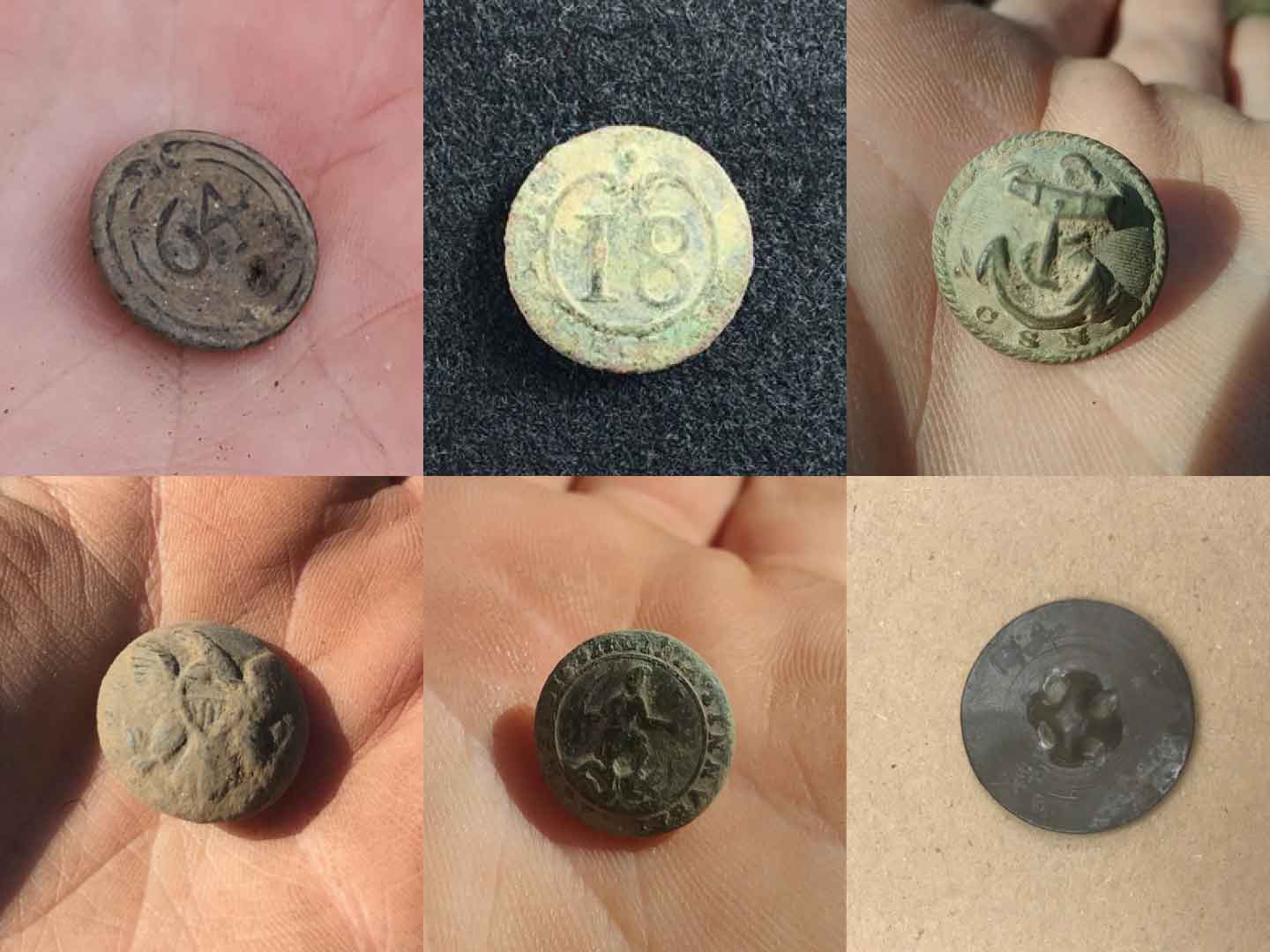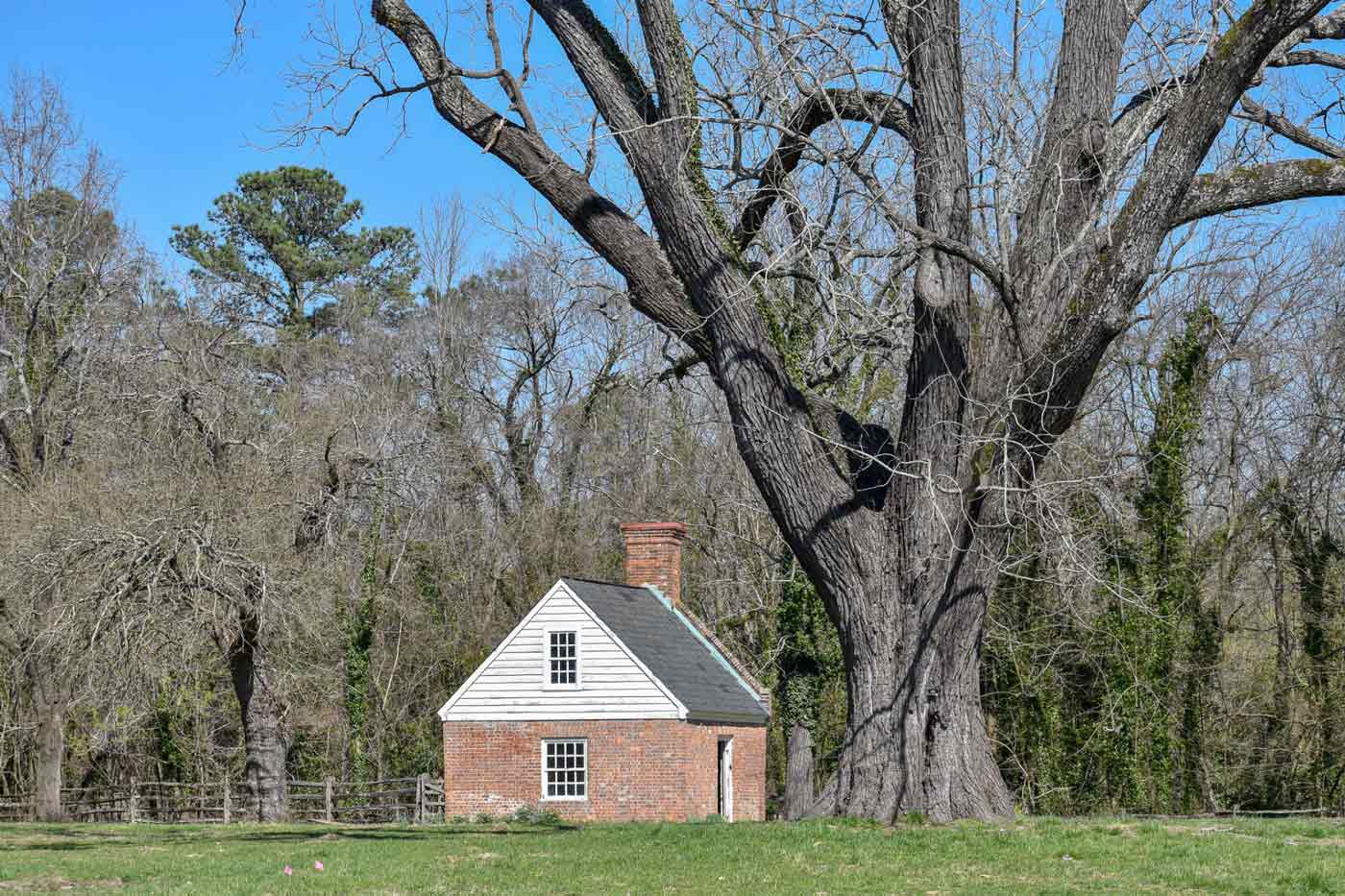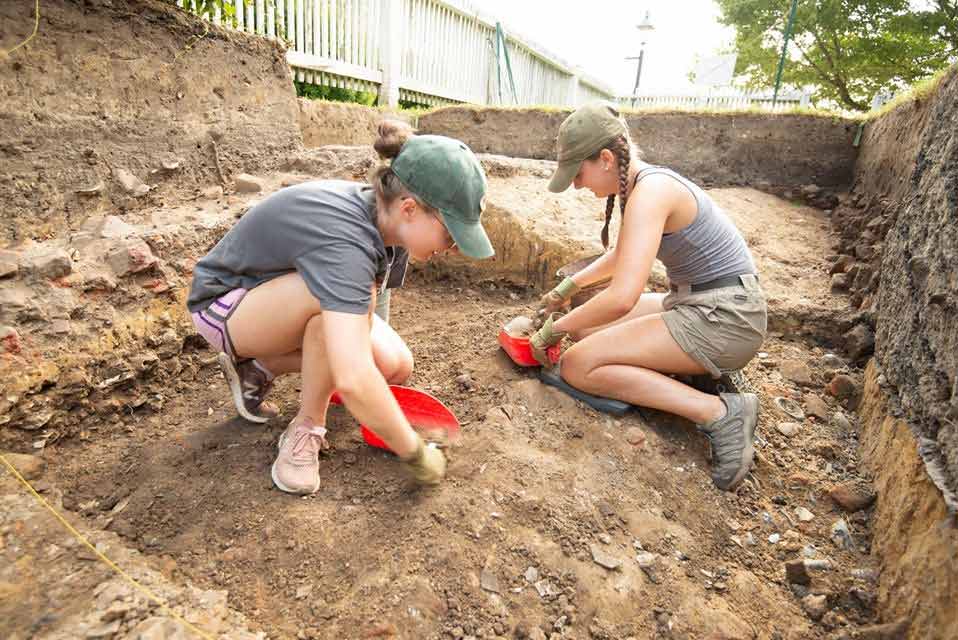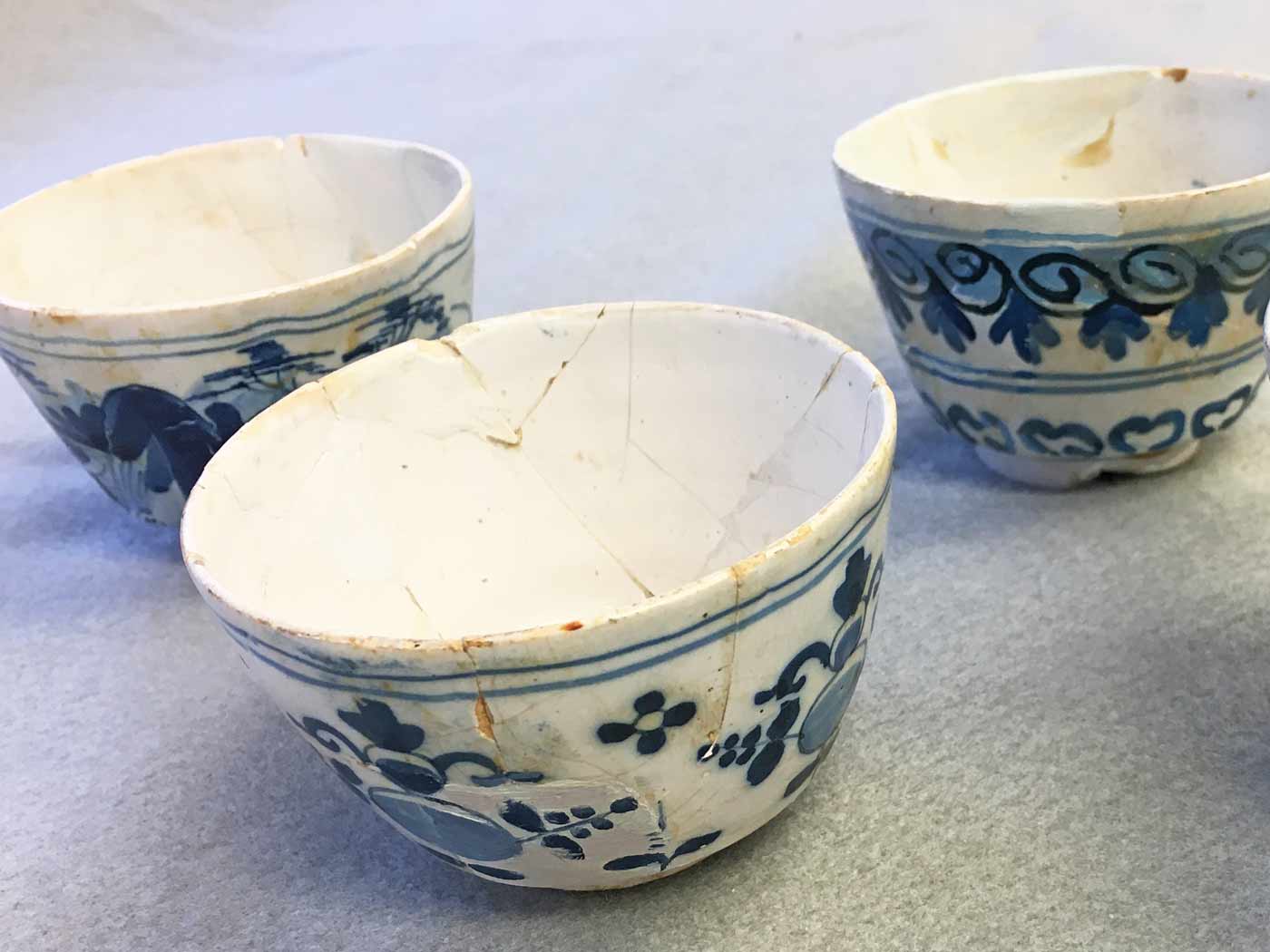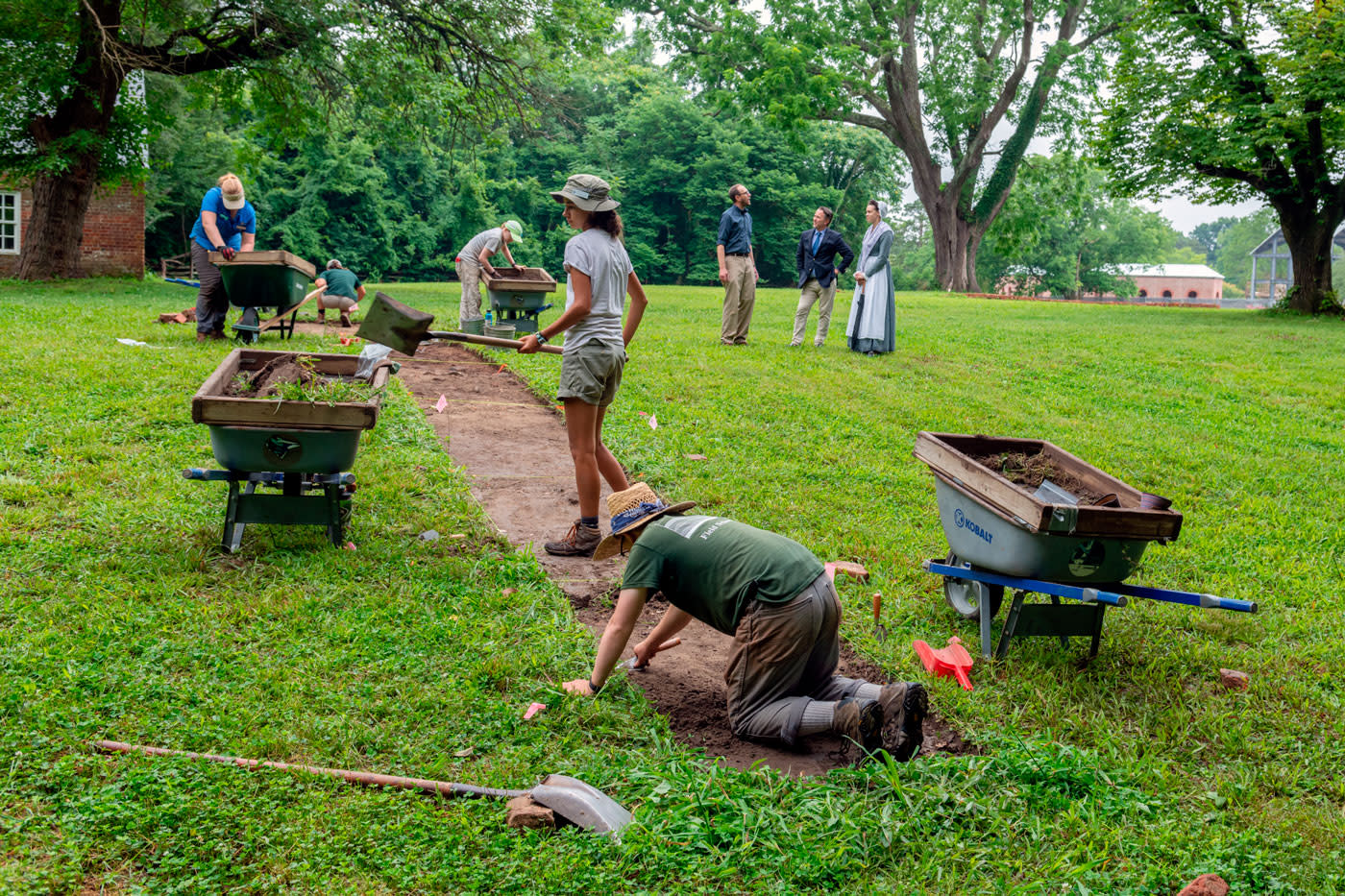There are few early 18th-century Williamsburg residents as colorful as John Custis IV (1678-1746). Scholars of colonial gardening know him as a bold and scientifically curious gardener who established an ornamental landscape that was unparalleled in the American colonies for its beauty and variety of plants. Others know John Custis as the owner of more than 200 enslaved people laboring on his profitable tobacco plantations in York County, New Kent County, and on the Eastern Shore. Many know Custis as Martha Washington’s first father-in-law. Frugal in his business dealings and famously quarrelsome with his wife Frances, John Custis is not the most endearing figure in Williamsburg’s past.
His story, however, includes threads that weave the history of Williamsburg together with the events, contradictions, and people that created a new American identity in the first half of the 18th-century. Over the next five years, a generous gift from a donor will allow Colonial Williamsburg’s Department of Archaeology to turn its attention to Custis Square, the four-acre lot where John Custis IV built his home and garden.
Among sites still to be explored in Colonial Williamsburg, Custis Square ranks near the top, with potential to add significantly to our understanding of early American gardening, enslavement, colonial consumerism, and 18th century scientific thought. This interdisciplinary archaeological project seeks to uncover the remains of long-hidden landscapes at Custis Square, the ornamental grounds designed by Custis, and the places where enslaved men and women lived and worked on the property.
The distinctive qualities of both the man and the extraordinary garden he created have sustained interest in archaeological exploration of Custis Square for more than 50 years. Two limited investigations in the 1960s identified much of the property’s architecture: Custis’s Jacobean style house, a kitchen, a smokehouse, and two wells. Little, however, is known about the garden, and even less about the people who worked it. By employing modern archaeological methods and analytical techniques we will begin to uncover the stories of this once-famous landscape.




